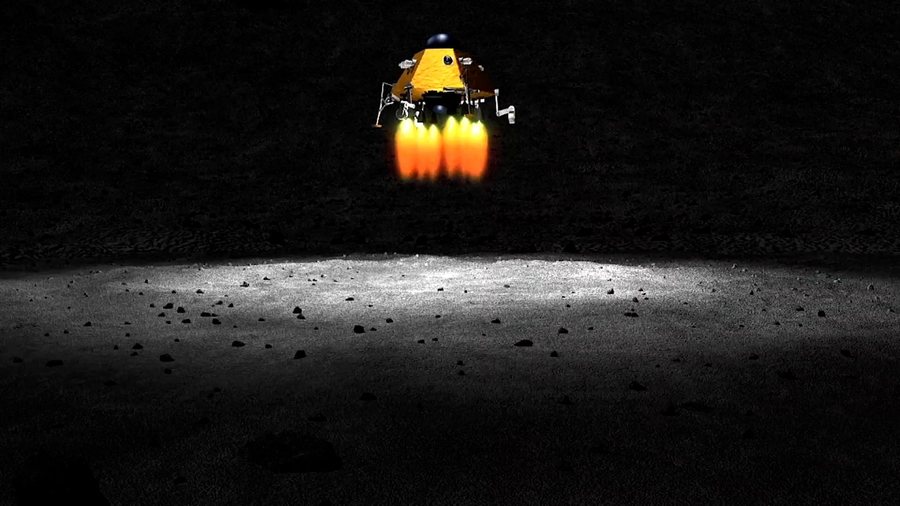
China plans to send a flying robot to the far side of the moon next year to search for frozen water, a key element for future lunar exploration, as the country continues its ambitious space program, A2 CNN reports. The "flying detector" robot will be deployed to the lunar south pole as part of the Chang'e-7 mission, which aims to bring China closer to sending astronauts to the moon within five years, state media reported Monday.
China has made significant efforts to establish itself as a major player in space – a field that countries like the United States are looking to not only for scientific benefits but also for resources and national security.
Finding water on the Moon is nothing new. Last year, Chinese scientists detected water in soil samples from the Chang'e-5 probe, while NASA and Indian spacecraft have previously observed possible signs of water on the lunar surface.
Some scientists believe that only ice, stored deep in craters on the far side of the Moon, could be a sustainable source of water for future missions.
The search for lunar ice is part of China's preparations to build a research base at the moon's south pole, Chinese space experts told state broadcaster CCTV. "There are some very deep caves at the moon's south pole, and we think there may be water there," said Wu Weiren, chief designer of China's Lunar Exploration Program. "We hope the rover will conduct inspections in one or two caves after landing."
Finding ice deposits could one day help support human life on the Moon, significantly reducing the cost of space missions and suggesting the possibility of extraterrestrial life.
Experts have said that although the discovery of lunar water opens up possibilities for further exploration, we cannot yet use it to grow crops or extract drinking water, as these depend on factors such as the amount and chemical form of the water.
China aims to become the second country to land astronauts on the Moon, saying its first crewed mission will take place "by 2030." (A2 Televizion)











